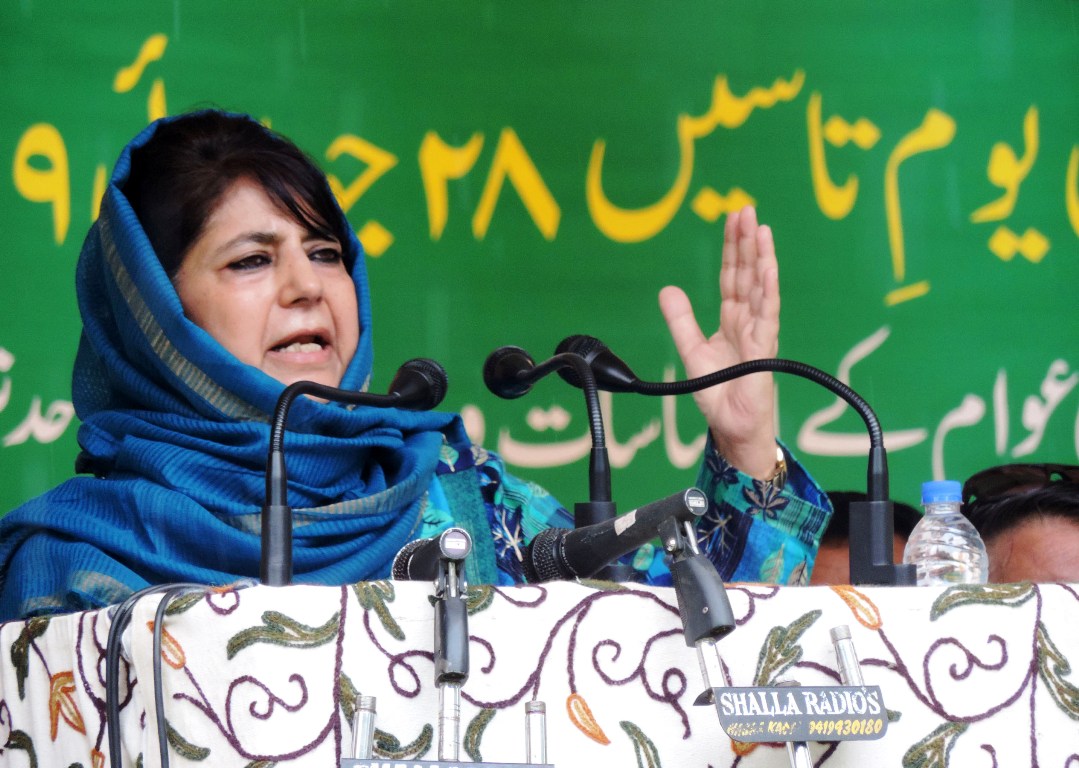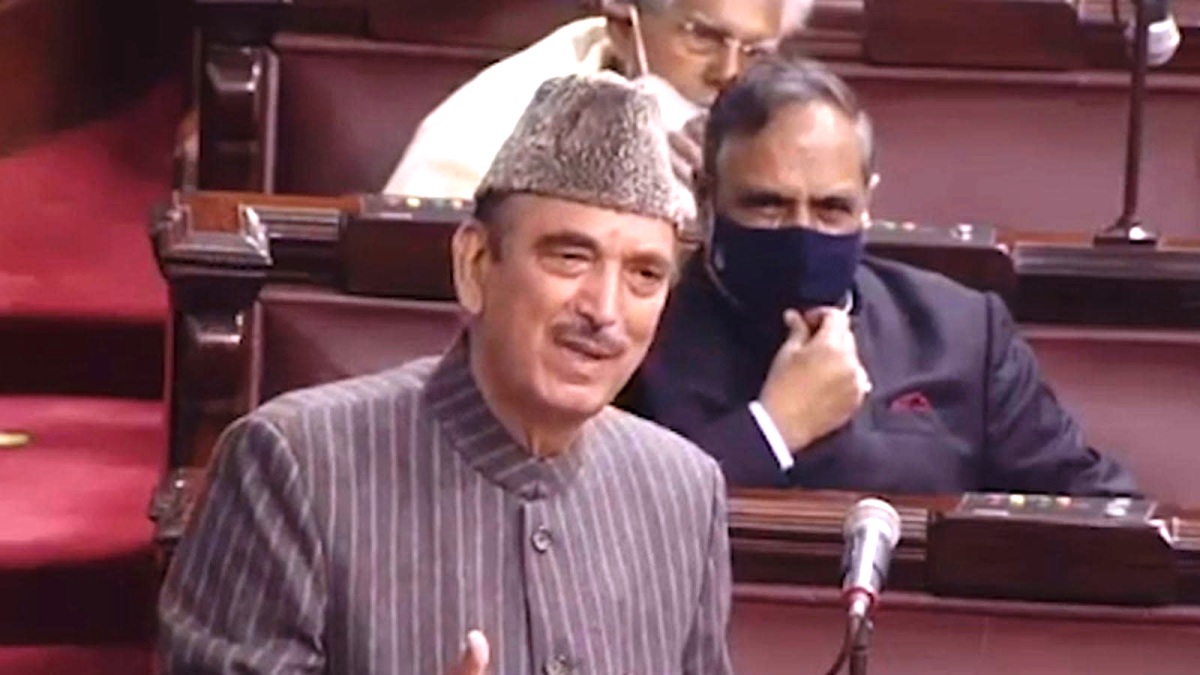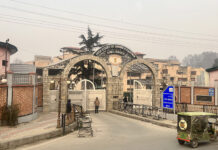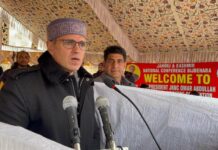SRINAGAR: Over 24 hours, at least 11 earthquakes and aftershocks have shaken Jammu & Kashmir and Ladakh. Local experts posit that the occurrence of low-intensity tremors is encouraging, potentially diminishing the chances of a more severe earthquake.
A sequence of five consecutive earthquakes rocked J&K and Ladakh in one hour on Monday afternoon. Additionally, two aftershocks occurred later in the evening, bringing the total number of tremors to seven within a day.
Furthermore, four more earthquakes occurred in the morning, escalating the tally to 11 within 24 hours. Officials attribute the origin of all these earthquakes to Zanskar, Kargil, and Kishtwar in Jammu & Kashmir.
The first earthquake, measuring 3.0 magnitude, struck J&K and Ladakh at 3:57 AM today, followed by a second quake with a magnitude of 3.4 at 10:30 AM. The third and fourth earthquakes, measuring 2.9 and 2.8, occurred at 11:18 AM and 11:28 AM, respectively.
Despite these seismic activities, experts advise the public to take precautionary measures and ensure that there is no need for panic.
Dr Rakesh Chandra, Senior Assistant Professor at the Department of Earth Sciences, Kashmir University, explained that the tremors experienced since yesterday are a normal phenomenon. He emphasized that Zanskar, Kargil, and Kishtwar are categorized as zone five, the most vulnerable areas to earthquakes. The low-intensity shocks, according to Dr. Chandra, are a positive indication as they aid in preventing a major earthquake by gradually releasing accumulated energy.
“We need to view the earthquakes and aftershocks positively and take precautionary measures, such as constructing our houses based on seismically approved designs, to minimize losses,” he advised.
Professor Shakil Romshoo, an earth scientist and Vice Chancellor of the Islamic University of Science and Technology (IUST), stressed the collective responsibility in disaster preparedness, particularly for earthquakes, given the region’s historical vulnerability.
“We must, as individuals, community, society, or part of the government, collaborate to reduce our vulnerability and risk to earthquakes,” he urged. (KNO)















